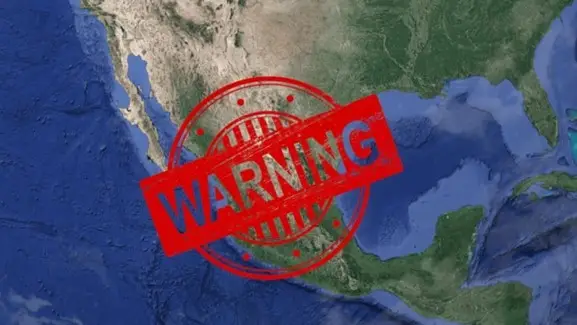
The US State Department published its annual update of travel alerts for Mexico last weekend, in which it recommends that its citizens not visit or take special precautions if they go to 30 of the 32 states in the country. For Joe Biden’s government, it is only safe to travel to Campeche and Yucatan.
In this update, the US government asks its citizens – as it had done last year – not to travel to Colima, Guerrero, Michoacán, Sinaloa, Tamaulipas and Zacatecas, due to the high rates of crime and kidnappings they record. It also recommends that its travelers reconsider any trip to Baja California, Chihuahua, Guanajuato, Jalisco, Morelos, Sonora and Chiapas. This last state worsened the security rating given by the US government and for the first time appears on the list.
Only Durango improved its rating and left the group of entities to which Washington asks to reconsider travel and moved onto the list of states in which the State Department asks its travelers to take the greatest precautions.
“Violent crime – such as homicides, kidnappings, car thefts and robberies – is widespread and common in Mexico. The United States government has limited capacity to provide emergency services to American citizens in many areas of Mexico, as travel by U.S. government employees to certain areas is prohibited or restricted. In many states, local emergency services are limited outside the state capital or major cities,” warns the State Department.
Regarding Chiapas, the only state that worsened its rating in this update, the U.S. government notes that any travel should be reconsidered due to crime and warns that there may be criminal activity and violence throughout the state.
Government employees in Mexico cannot travel between cities after dark, cannot hail taxis on the street, and must rely on dispatched vehicles, including app-based services such as Uber, and regulated taxi stands, and must avoid traveling alone, especially in remote areas, and cannot drive from the southern border of their country to or from the interior of Mexico, except for daytime travel within Baja California and between Nogales and Hermosillo, between Nuevo Laredo and Monterrey, and between Ciudad Juárez and other cities.
Each year the State Department updates its travel alerts and instead of providing a general assessment of the risks in Mexico, as it does for other countries, it assesses each Mexican state individually.
Source: reportur






